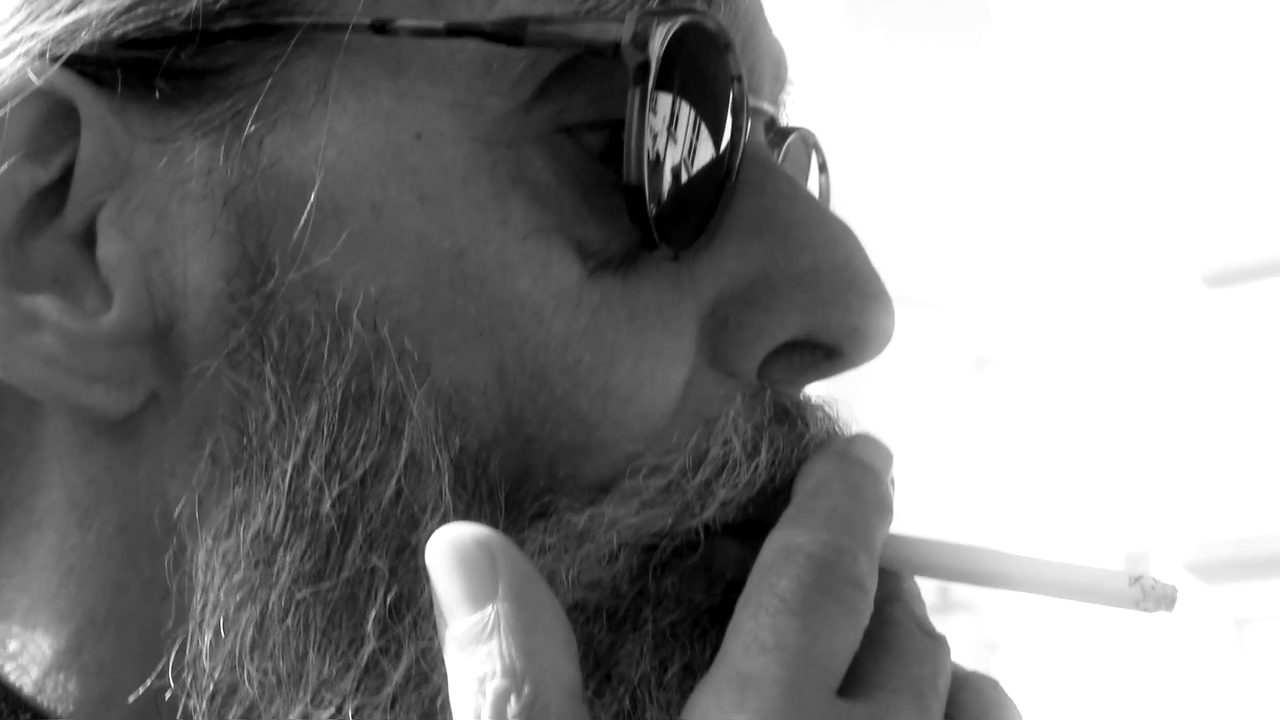In his photographic volume “Gender as a Spectrum”, Berlin-based photographer and artist Joseph Wolfgang Ohlert examines identity beyond the beaten path. An interview in SCHIRN MAGAZINE
Clemens Jahn: The SCHIRN is currently hosting the exhibition ULAY. LIFE-SIZED about the German photographic and performance artist Ulay. There are some parallels between Ulay’s oeuvre – with his strong focus on trans-gender and gender identity – and your photobook “Gender as a Spectrum”, which you published at the beginning of this year. The book comprises portraits of people with a wide variety of gender identities going beyond firmly established concepts and allocations of gender, and thus you present gender identity as something open and dynamic, as a space for possibility and not something that is a given. How did you get involved in this project?
Joseph Wolfgang Ohlert: Originally “Gender as a Spectrum” was the final-year project for my degree in photography. Before that I did a lot in the fashion space and it became clear to me that I needed a project that focused not only on the way people look. I wanted to find a theme oriented towards the search for myself: Who am I actually? Who would I like to be? What differentiates me as a gay man from a straight man? What makes me different from a woman? What personal qualities are linked to my external appearance and my sex? These are questions I wanted to examine using portraits of people who have found themselves or are searching for themselves. Perhaps that’s also why I came to Berlin. There are a lot of people here who are questioning their very selves, and I need those sorts of people around me. I have portrayed them in my book. Kaey, one of my trans friends, took charge of writing the text for the book. We initially planned around 20 or 30 portraits, but in the end we had 80. The image material was so good that we wanted to make more of it. I created a crowdfunding site through which we amassed 10,000 euros, then I got a loan for the rest and published the book myself.
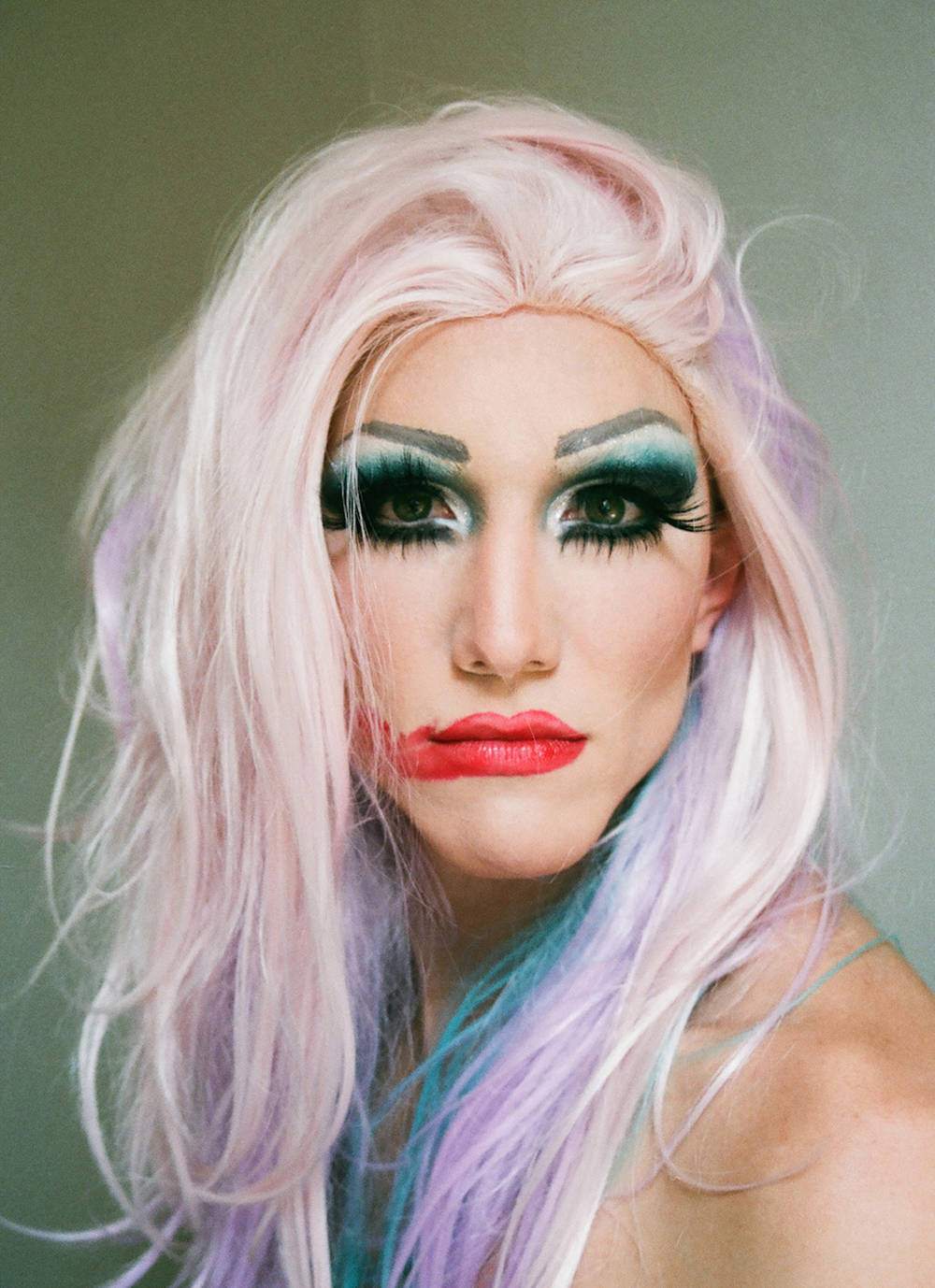
CJ: You grew up in Bavaria and Baden-Württemberg. Do you get the feeling that in Berlin it’s easier to ask oneself such questions, to perceive identity as something you create or find for yourself and less as a given or something that is predetermined?
JWO: Perhaps in Berlin there are more people who are questioning their sense of self. That was something that inspired me from the beginning. To this extent I can certainly say that I stayed in Berlin because here there are people who help me to get to know myself better and that here that works for me better than in southern Germany. If people feel at ease there and are happy with the given structure and their lives then that’s fine. If they don’t feel OK with it, however, then the worst thing they can possibly do is lie to themselves.
CJ: You came to Berlin to study, didn’t you?
JWO: After finishing my vocational high-school diploma in Baden-Württemberg I first went to Munich, where I worked a lot in the theatre as an assistant to directors and set designers, and I also worked on student film productions. After that I went to Berlin to work at the Deutsche Theater, which was when I really got to know the city for the first time. I then applied to the Ostkreuz School of Photography, was accepted and it was only there that I began to focus more on photography. Last year I finished my course there and am now in my third semester of a fine arts degree at Berlin University of the Arts (UdK).
CJ: For “Gender as a Spectrum” though, you didn’t just take photographs in Berlin but travelled around.
JWO: That’s right. It just worked out that way. I started taking photographs in Berlin and didn’t originally plan to travel for the project, but in the end it lasted for two or three years, during which I travelled a lot. In the process I noticed that there were a lot of interesting people in other places too. With the help of Facebook I was very quickly able to find people who were willing to have their portraits taken for the project. Now the book includes images of people from Berlin, San Francisco, New York, Copenhagen, Paris …
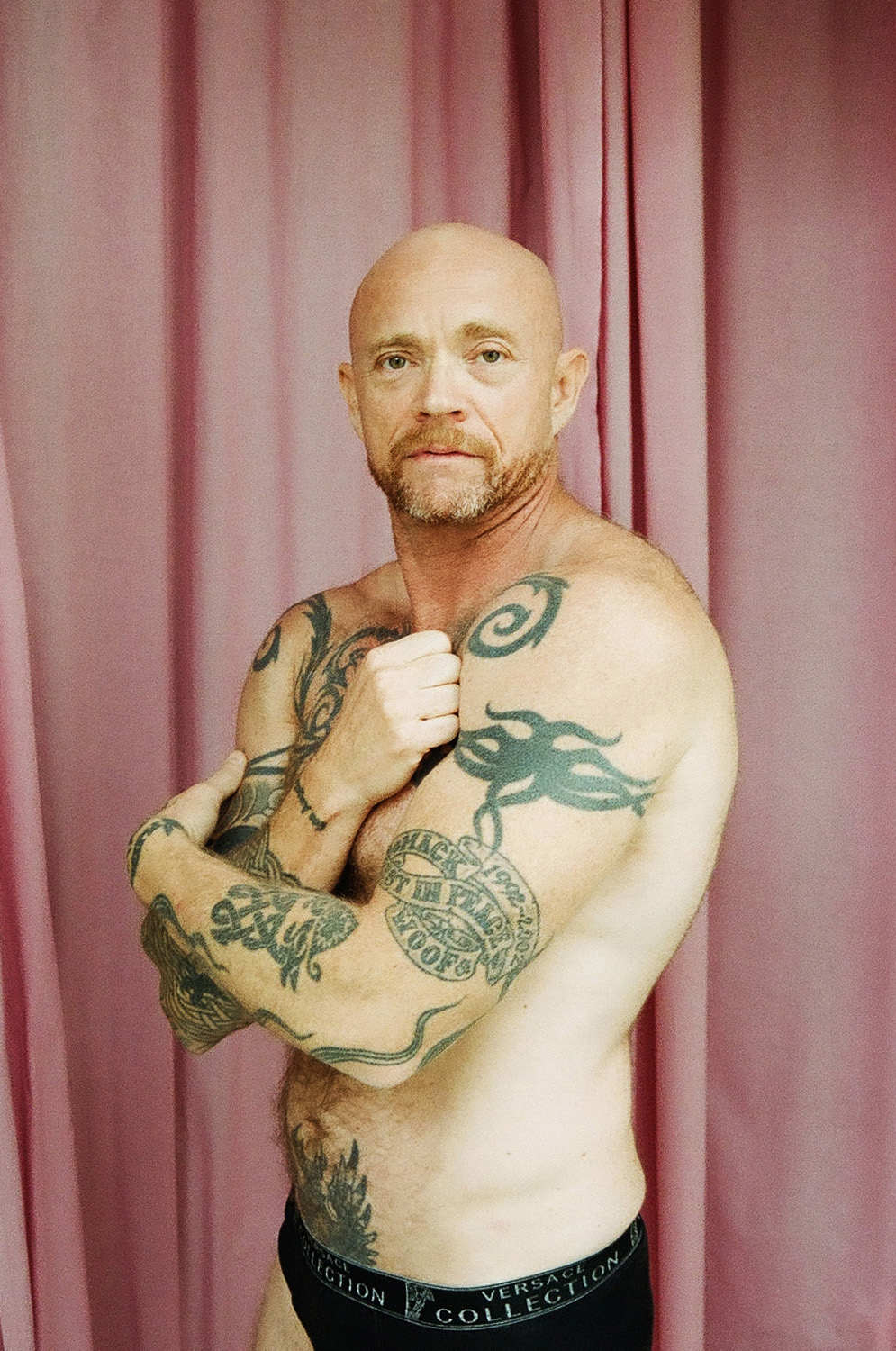
CJ: So does that mean that the people portrayed include a mixture of your close friends, friends of friends and acquaintances as well as strangers?
JWO: Most of the people portrayed were unknown to me previously. Before the project I actually had very little idea about the topic of “gender”. “Gender as a Spectrum” was an attempt to understand myself – and not in the sense of allocating a specific term, but rather as a fluid human being who can play with both masculinity and femininity. Many people confuse sexuality with gender identity. I initially had to learn for myself that they are two completely different things. That’s something I perceived whilst working on the book so I tried to express this discovery and share it with others. What defines the book is the fact that I went through a learning process myself whilst creating it.
CJ: I can well imagine that the well-selected title of “Gender as a Spectrum” will contribute to the success of the book. Did you have the title right from the start, or did it only develop during the course of the project?
JWO: The title is a quote from Emma Watson, who gave a speech on the topic of gender equality at the United Nations Headquarters in 2014. For me, “Gender as a Spectrum” pinpointed the fact that there isn’t just man and woman and then “the others”, the “gender fluids”. We are actually all in the same “gender pool”. If someone says he is a man, then that’s his decision. What a man is, is something that only he can define for himself, and indeed only for this one particular moment. I always say: Men and women are the canvas and the paintbrush and what you paint with it is what you are.
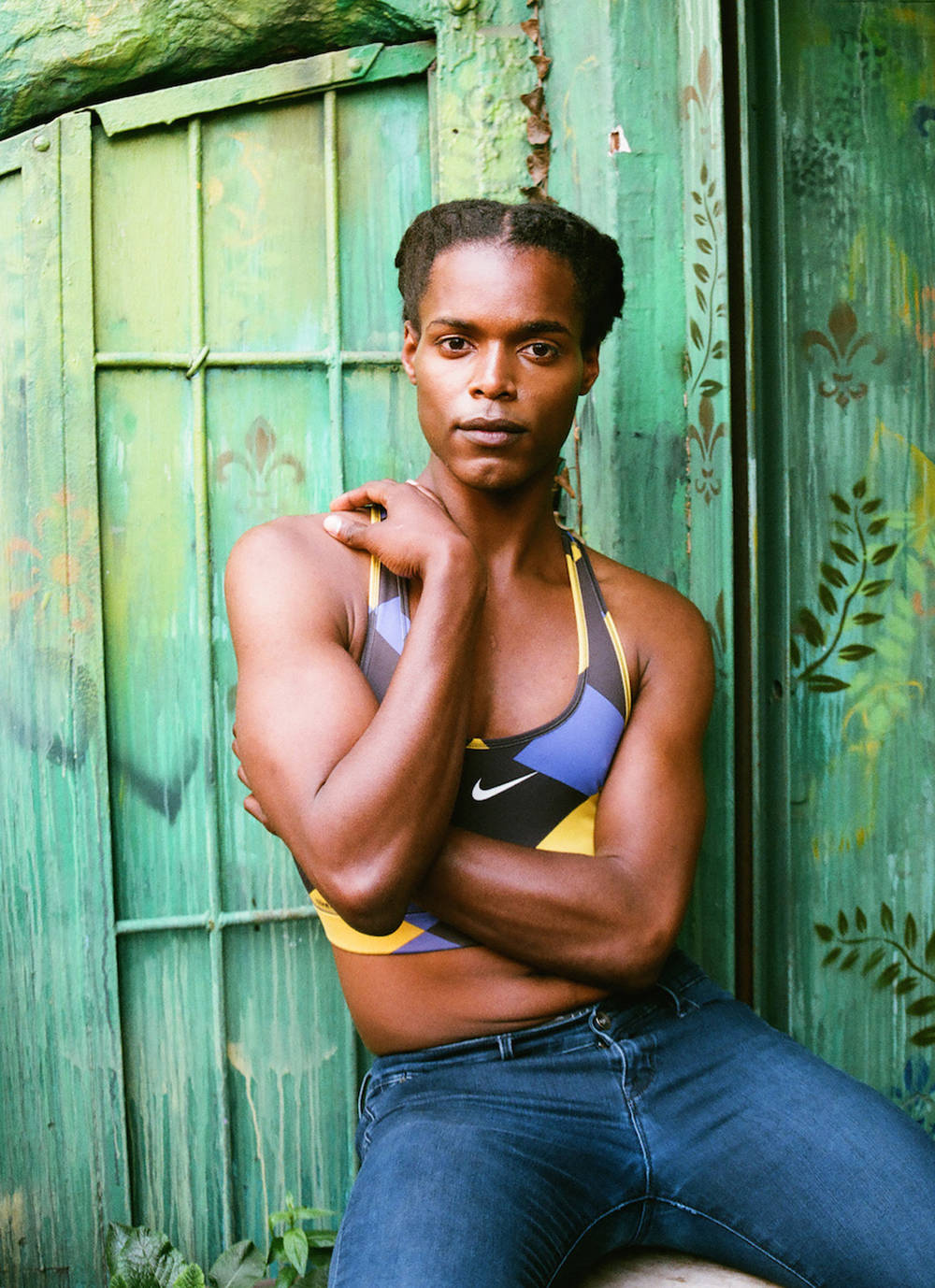
CJ: In the Ulay exhibition there is a photographic work in which Ulay makes up one half of his face like a drag queen, while the other half remains un-made-up and unshaven. The piece stems from the 1970s and potentially highlights the basic problem of a binary image of the sexes, i.e. the fact there are only two possibilities – man or woman: In between there is nothing, no flowing transition, just a solid line. Do you believe that this binary outlook has relaxed somewhat in the meantime? That the younger generation is more open to or interested in fluid gender transitions?
JWO: Many people still feel overwhelmed by this question. That’s why I created the book: to show a wide audience that gender is not only about any kind of roles and fixed points, but rather a pool in which you can decide for yourself just who you are. A trans-woman, for example, might still have a penis, but that doesn’t make her more or less of a man or a woman. Many confuse this and say: “She can’t be a real woman, she has a penis.” I think that’s totally stupid. Why does a penis make somebody a man? It’s nothing but something that appears on the body. Many people don’t understand how this physicality can be separated from the person. It requires a change in attitude – including in me. I think one big problem is that our language is based so strongly on the principle of man and woman. Admittedly something is changing about this and we are now able to speak in ever more “fluid” terms. However there is no conclusive answer to how you can communicate with one another free from this stigma.
CJ: Are there specific role models that have inspired you or given your work a particular perspective? Or did the project simply develop by itself?
JWO: There are certainly role models for the way I take photographs. I like to look around me, keep my eyes open, and I have often been to parties with drag queens, where I started getting to know people. The project did rather develop by itself though. There are of course a lot of books about transgender people already, but what I was interested in was the individuals. I wanted to create a portrait book for everyone, because everybody has a gender identity, and not only in the LGBTQ scene.
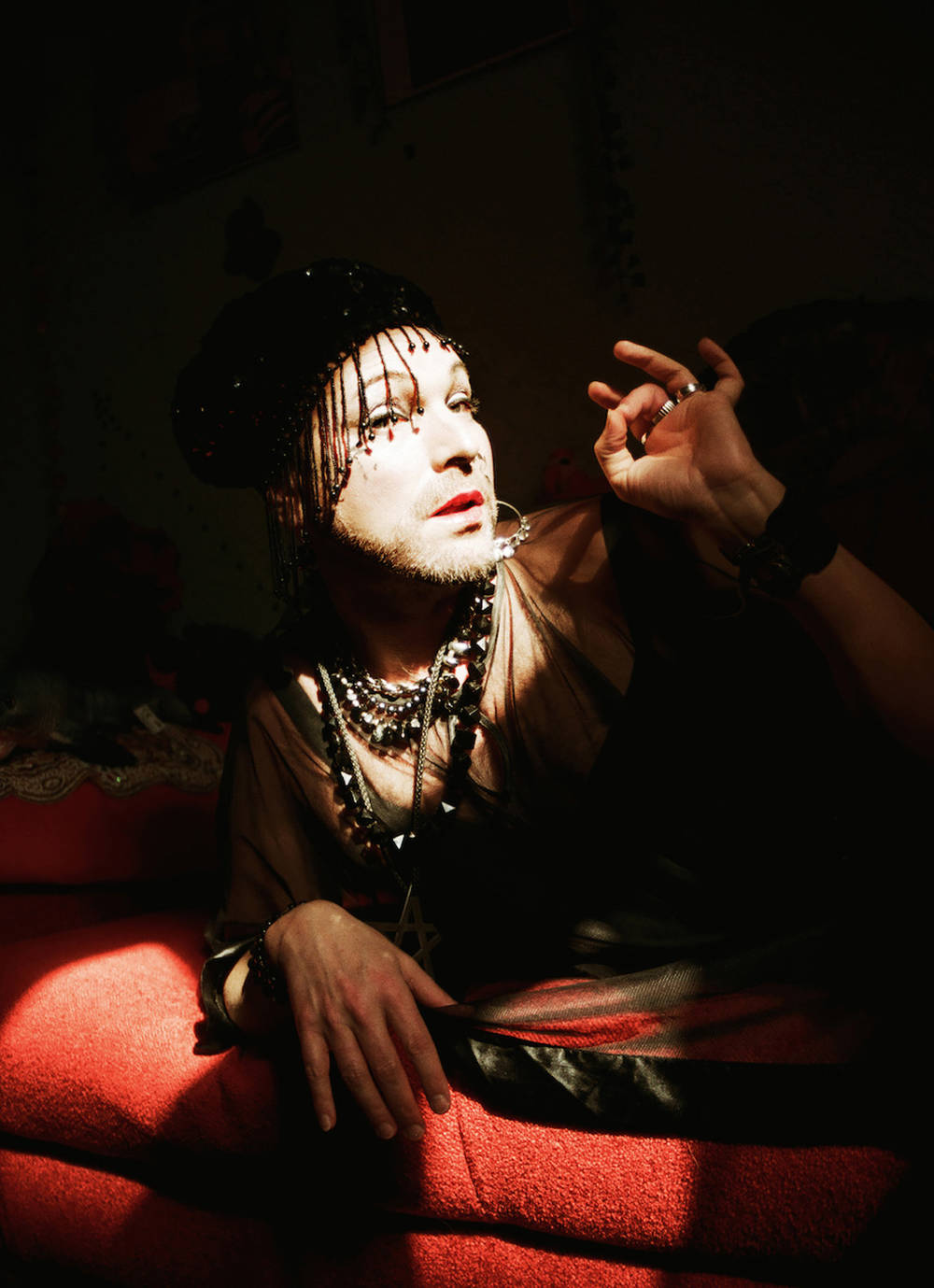
CJ: What is it about the medium of photography that interests you? Why did you decide to work with what has now become a rather classic medium and not, for example, with film, 3D animation or performance?
JWO: I’m not all that technically savvy. I always tell people that I’m a bad photographer because I have absolutely no idea what I’m doing. All I know is what a good image should look like: Composition, color, position, and then I shoot. I take photographs with my mother’s old camera. Of course I did learn everything once in school, but then forgot it all again, because I don’t find it that interesting. In that sense I can’t really get to grips that well with more complex media.
CJ: That means photography is a medium with which you achieve your goal quickly and easily?
JWO: Exactly. For me, the camera is also a medium with which I can establish contact with people, a medium that conveys something. It’s simple and easy and it enables me to get close to a person. Of course I have to be able to communicate correctly with people too, but the camera itself already works as an ice-breaker. With it, you are very close to someone and yet it creates a distance at the same time. That is a tremendously interesting interplay. Hence through photography I have found my way of communicating with people. Who knows whether I will continue to take photos in the future. Right now it’s good and I enjoy taking photographs. I plan to move further towards publication, not only of my own images but those of other photographers too.
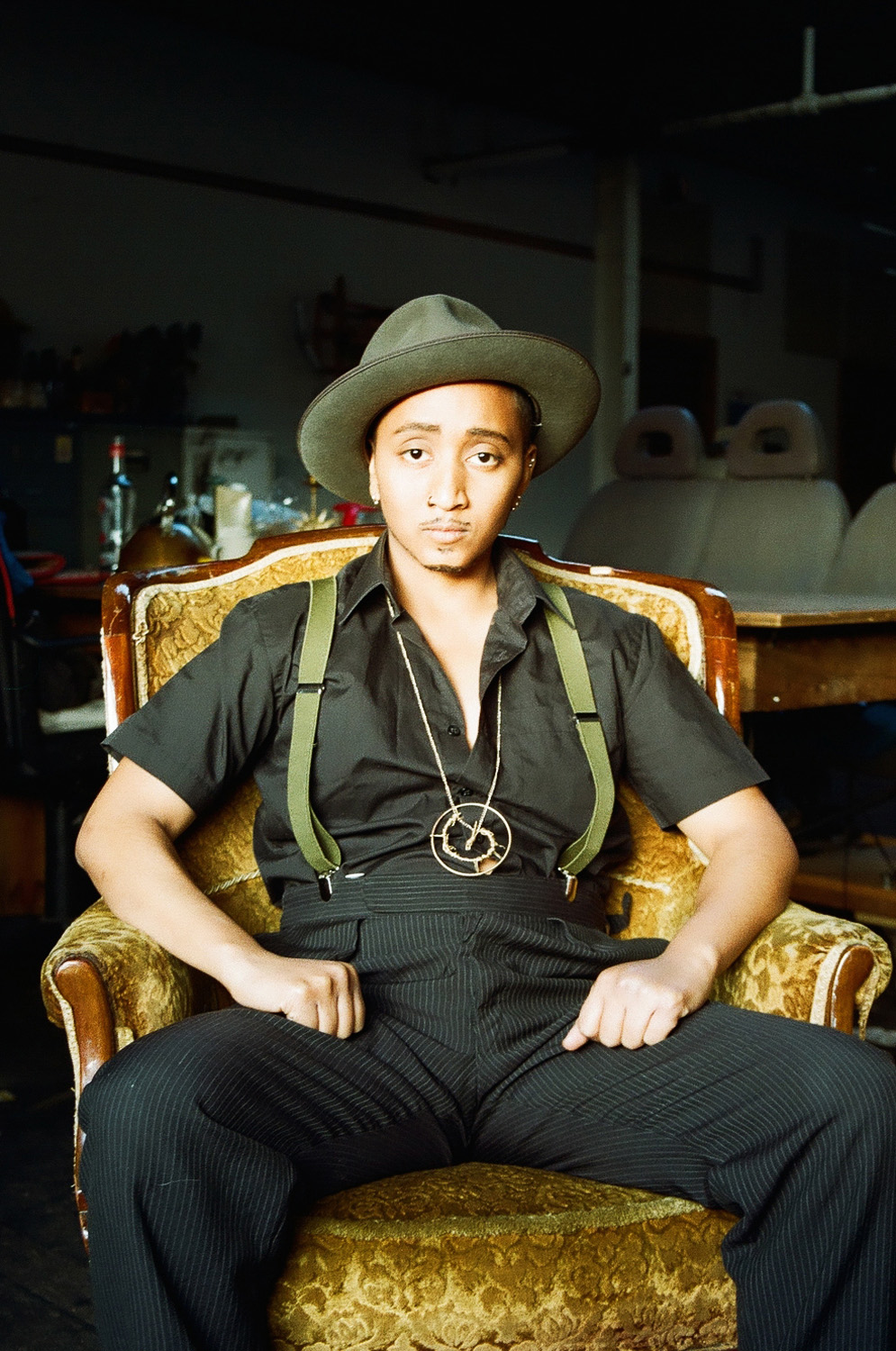
CJ: What are you currently working on? There’s a draft for a new photobook here.
JWO: I’ve got a thousand ideas, including three books that I’ve already started. I love books. I’ve been collecting photobooks since I was eleven. This new book with page-filling collages has just been finished, although it should have been published last year. It ended up being a bit drawn out. The publishing house wanted a different cover to me and I stuck to my guns. Next year I will publish another book in cooperation with the Bruno Gmünder publishing house. Last week I had an exhibition – “Posterboys” – for which I printed photos of boys from my portfolio on posters and sold them. In two weeks I’ll be exhibiting at the UdK, where I’ll be showing photos of penises that I shot close up, which is something new for me since I haven’t photographed many penises before. I do photograph naked people quite often, but not with penises. It was quite a challenge for me, to have a penis in front of my face and photograph it.
The biggest project currently underway though is the project space that I plan to open here in Berlin at the beginning of next year: a combination of studio, office and gallery, where I will work with people with whom I have already worked on other projects. From there I would like to work on art books and magazines, and every now and again there will be exhibitions by artists – an open location for the things that interest me, where you can work freely, try things out and let loose. First and foremost it’s about doing something with other people. That doesn’t always have to be solely good – it can also be rubbish. I’m already looking forward to it. We’ll see what comes of it.
CJ: All the best with it and thank you for talking to us.
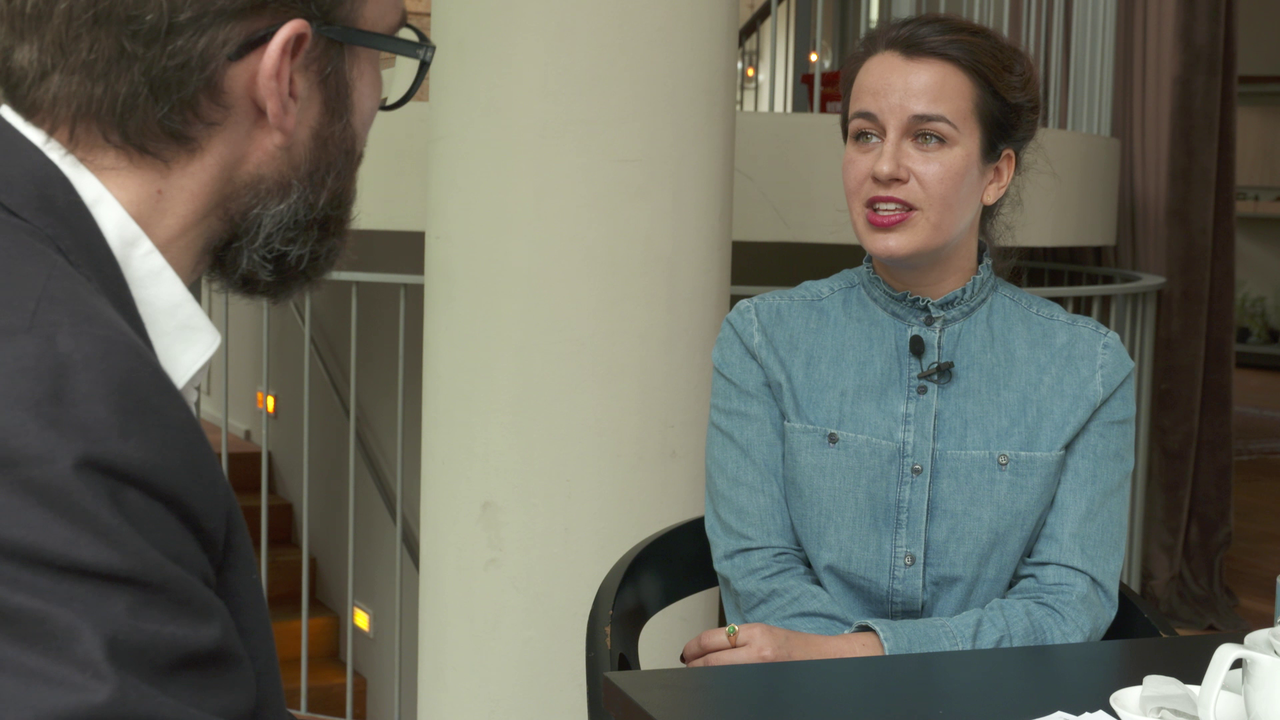
JULIE BORN SCHWARTZ
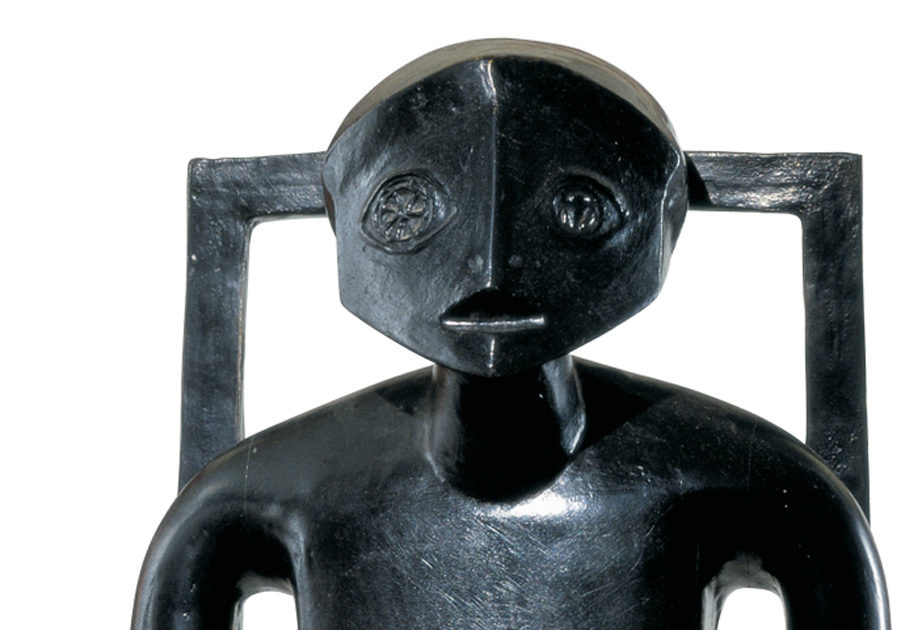
Giacometti and Surrealism
Fascinated by the chasms of the subconscious, during the 1930s Alberto Giacometti looked to the Surrealists for inspiration. Yet his art cannot be...
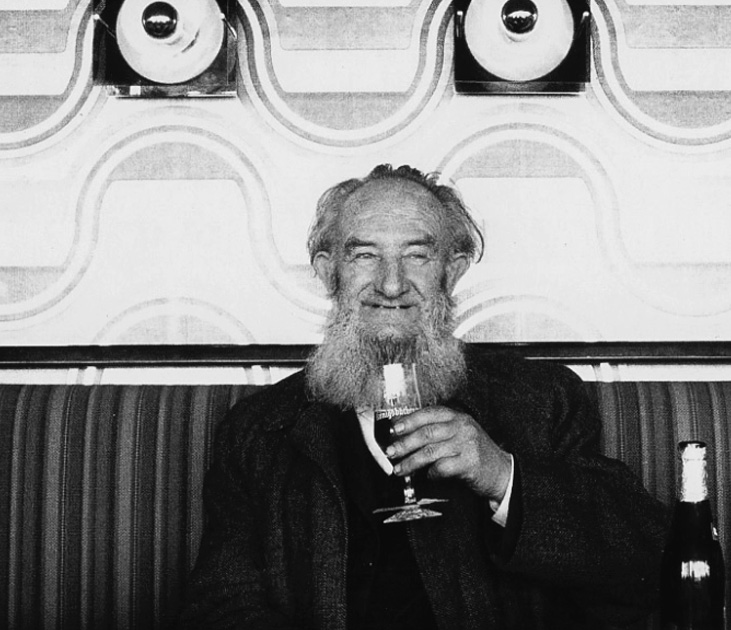
Well, here’s the thing …
These are the words with which one of the several slide shows Ulay has created begins. They illustrate the worldview of a talented storyteller – who...
